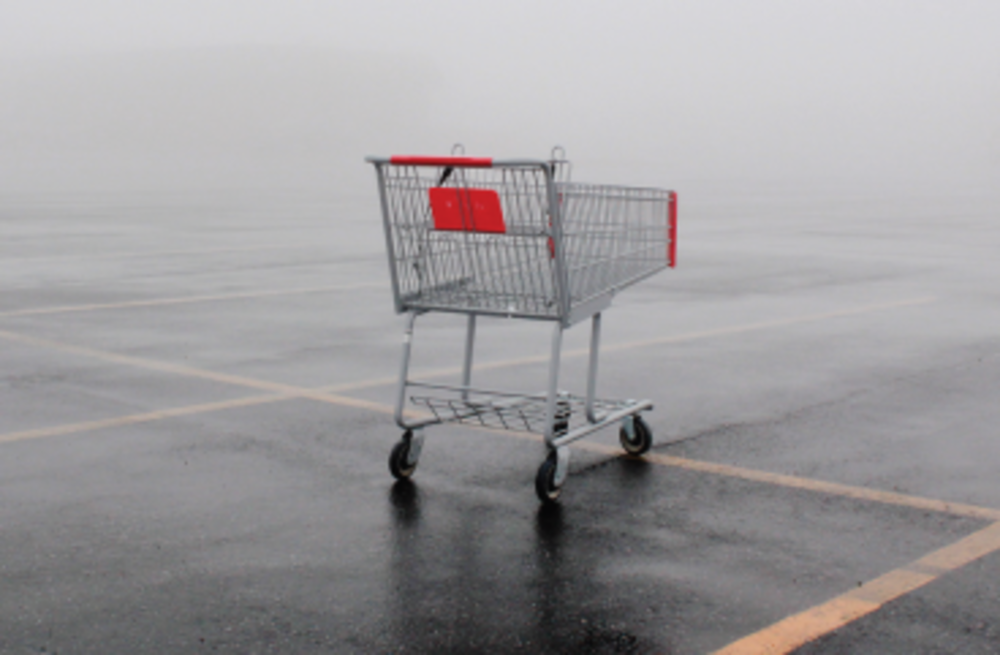Upwards of 85% of retailers fail to send product page reminder emails, according to new research from Bronto Software and Demandware.
But the problems don’t end there. Many retailers miss the mark in terms of personalizing these reminders. The study found that 39% of retailers either feature the abandoned product without noting the visited page, include the product among other related items, or use a generic, non-product-related customer service theme.
“Only 15% of retailers are currently sending at least one product page abandonment email and just 5% of those are sending a series of two reminders. While this may seem low, it is similar to the trends we saw with shopping cart reminders a few years ago and speaks to the growing adoption of product page abandonment follow-up as an effective strategy in the marketing toolbox,” says Jim Davidson, head of research at Bronto Software. “With 85% of retailers not sending product page reminders at all, commerce marketers need to adjust their tactics and strategies surrounding these pivotal moments to facilitate these transitions or risk losing sales.”
Shoppers are, the research says, now using product pages and shopping carts to transition across devices and between channels. Prior Bronto research shows that 40% of online shoppers leave items in their cart to view later, on a different device, or in a brick-and-mortar shop; these rates increase among digital natives and millennials.
Cart reminders’ proven track record of converting wanderers only serves as motivation for retailers to start focusing on product page abandonment. Here’s what retailers should focus on when sending such reminders, according to the study.
Timing
As Davidson noted, of the 15% of retailers who send at least one product page abandonment reminder email, only 5% send a series of two reminders. With the technology available today, marketers have access to tools that make automating these messages easier than ever before; they can be easily tested and modified to reach maximum revenue recovery potential.
About half (56%) of product page abandonment reminders are sent within 24 hours after the shopper left the page. The “strike while the iron is hot” practice works well for shopping cart reminders, but may be too aggressive for product page abandonment; 28% are sent between 24 and 48 hours after abandonment. This gap could give shoppers additional time to move further down the purchase path, cart the product, or make an in-store purchase. Factors such as additional product page visits, store interactions, and carting an item must be factored into the timing of the message and potentially used as exclusion criteria.
Message
The majority (61%) of retailers sending product page reminders email break the fourth wall by directly stating that a customer received the message because he or she had visited a product page. The other 39% of retailers either feature the abandoned product without noting that the product page was visited, include the product among other related items, or use a generic, non-product-related customer service theme. However, the reminders fail to evoke a sense of urgency. In fact, only 28% of the reminders try to get shoppers to act fast.
Many shoppers will neither expect to receive—nor be comfortable with receiving—an email after abandoning a product page. So 39% of reminder emails disassociate the triggered message from the recent abandonment by using a generic subject line. Eleven percent include a subject line that offers an incentive to return or use a service-related theme, and the remainder (39%) reference the product that was browsed either explicitly or in a more vague way.
Product
Product page abandonment reminders can be more mysterious than shopping cart reminders because the former marketers may not know exactly why a shopper left a page or what they need to get them back in the shopping mood.
Additional influencers—such as product ratings, reviews, and availability—can motivate the shopper to shop again. Eleven percent of product page reminders include product ratings, 6% feature reviews, and another 6% feature both. Including product availability info can create a sense of urgency; only 6% of reminders feature product inventory levels.
Price and shipping options
More than half (56%) of retailers sending product page abandonment emails avoid showing price, and only 28% feature savings or product discounts; the reason being some shoppers may have left the page because of the price of the product (so featuring the price would be counterintuitive). In addition, not one of the product page reminders offers shipping options or duration, and only 11% include shipping costs.








